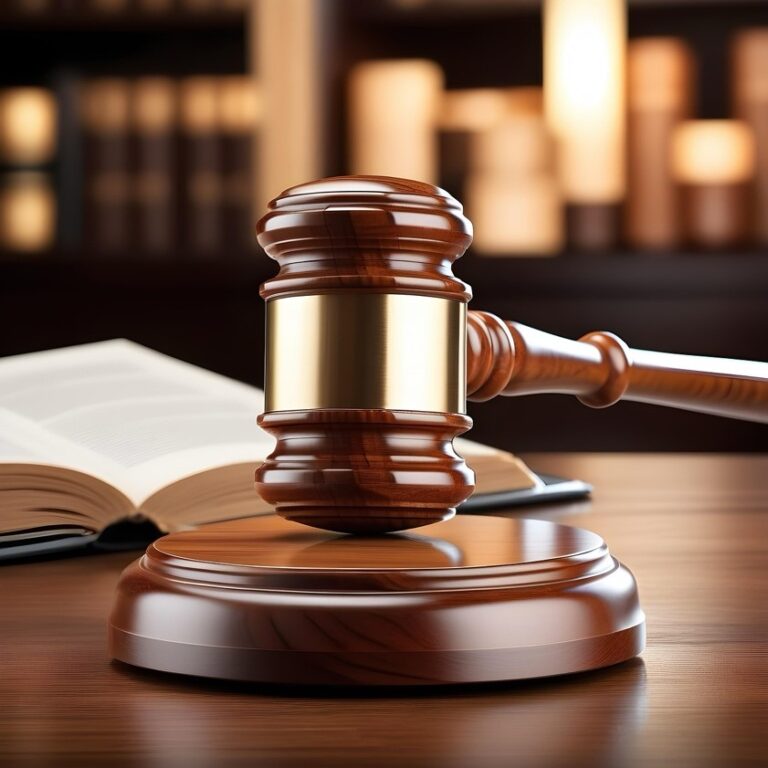Written by Mark Terry
In an educational decision yesterday, the Board of Patent Appeals and Interferences decided in Ex Parte Nakamura that an already-existing, but unacknowledged, characteristic in a prior art composition is obvious under 35 U.S.C. 103(a) but rebuttable if there is evidence to the contrary. As a patent attorney in Florida with an active patent prosecution docket, I’m always on the lookout for decisions of the BPAI that divulge methods for fighting rejections.
In
this case, the Appellant claimed a composition of nickel and tin that has a
characteristic of preventing copper from diffusing. The problem was that the
Examiner found a patent reference that disclosed the identical composition.
Where
the claimed and prior art products are identical or substantially identical in
structure or composition, or are produced by identical or substantially
identical processes, a prima facie case of either anticipation or obviousness
has been established. In re Best, 562 F.2d 1252,
1255 (CCPA 1977). “[W]hen the PTO shows a sound basis for believing that the
products of the applicant and the prior art are the same, the applicant has the
burden of showing that they are not.” In re Spada, 911 F.2d 705,
708 (Fed. Cir. 1990). In Ex Parte Nakamura, the
Examiner, having found the same composition in the prior art, made a prima
facie case of anticipation or obviousness.
But,
the prima facie case can be rebutted by evidence showing that the prior art
products do not necessarily possess the characteristics of the
claimed product. Best, 562 F.2d at 1255;
see also MPEP § 2112.01. Unfortunately, the Appellant in this case didn’t
provide any evidence that the claimed characteristic was not present
in the prior art reference.
Responding
to this fact, the BPAI stated: “On the record before us, Appellant has
not presented any evidence to show that the prior art product does not
necessarily possess the characteristics of the claimed product. Best,
562 F.2d at 1255. Thus, the Examiner has established that Tsukada’s Ni-Sn layer
possesses the characteristic of preventing diffusion of Cu from the base layer
into the solder.”
Thus,
Appellant’s claim fell into the following tenet: “[T]he discovery of a
previously unappreciated property of a prior art composition, or of a
scientific explanation for the prior art’s functioning, does not render the old
composition patentably new to the discoverer.” Atlas Powder Co. v.
Ireco, Inc., 190 F.3d 1342, 1347 (Fed. Cir. 1999). Thus, the
claiming of a new use, new function, or unknown property which is inherently
present in the prior art does not necessarily make the claim patentable. Best,
562 F.2d at 1254.
Lessons Learned: The moral of the story here is that if you are claiming a new or otherwise unknown characteristic of an already-known composition, then you must provide some evidence to support the argument that the characteristic is not found in the reference being used against you. A well-crafted 37 C.F.R. 1.132 Affidavit can help in this regard.




